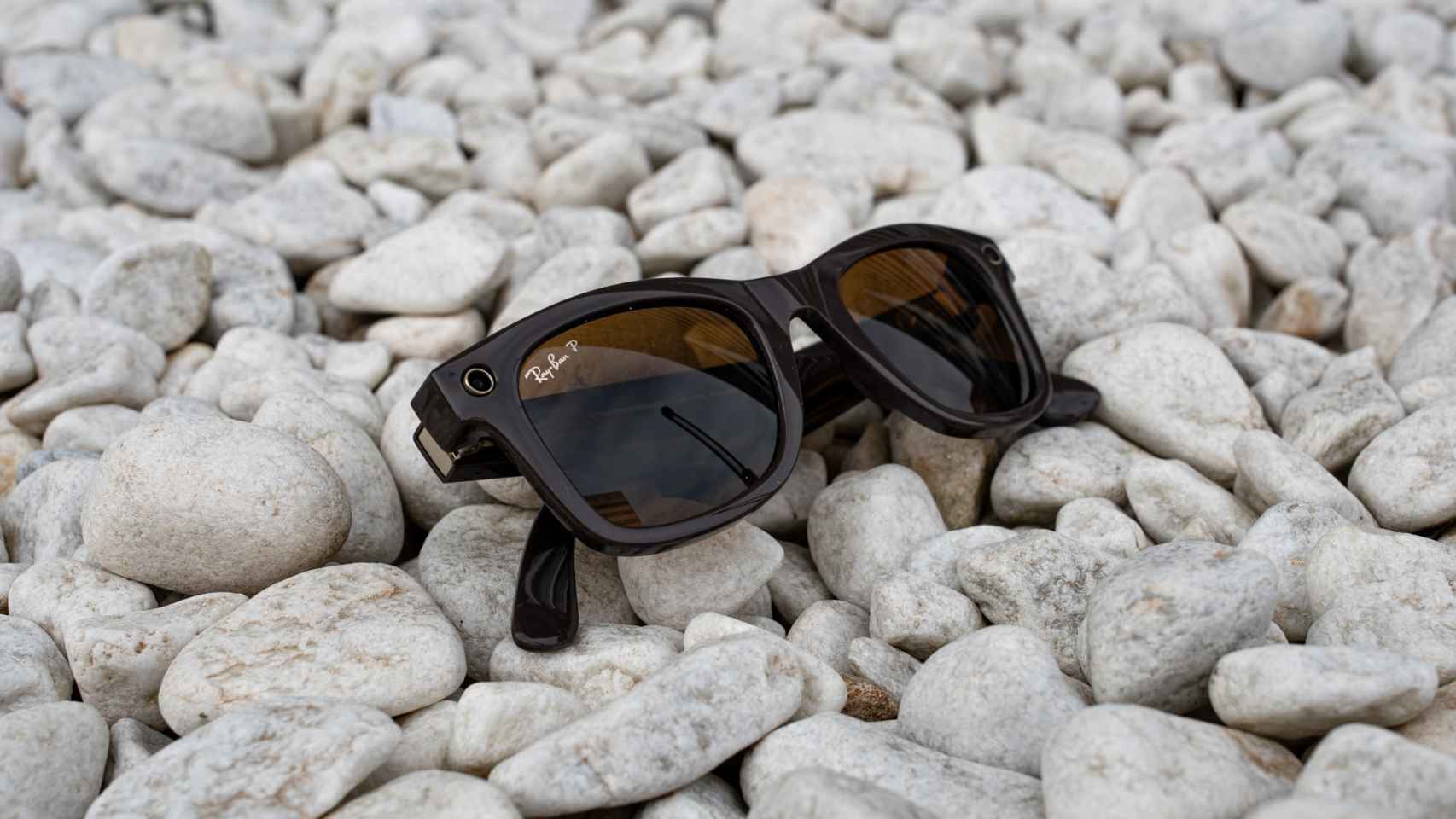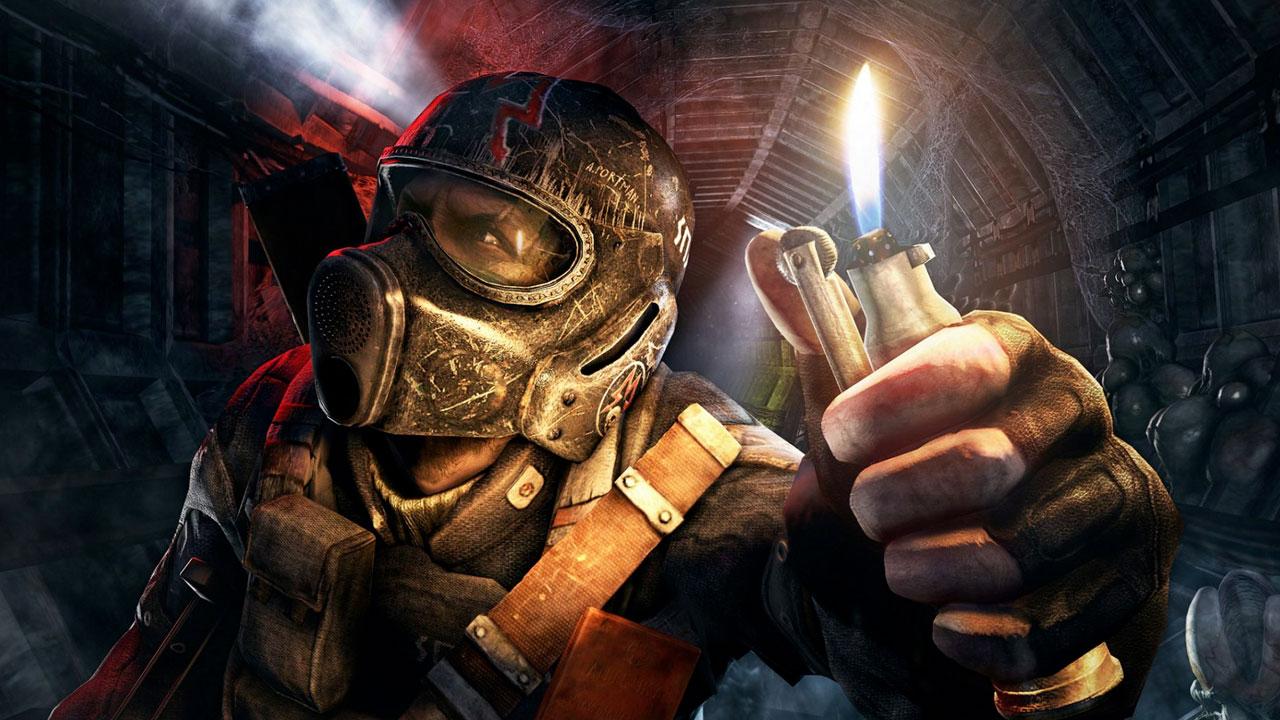If for some reason you search for “Ouya” on YouTube, the top results show titles like “the console that ripped the whole internet off”, “I bought a failed game console”, “the ‘best’ games exclusive Ouya” (with “best” in quotes) or something as resounding as “one of the biggest disappointments on Kickstarter”.
I admit that for the past few weeks I’ve considered buying a used Ouya to collect outright, but it’s not even worth that and it’s one of those cases of “with a Raspberry Pi, I have something better”. But why did it happen? Join us, Let’s see what happened with Ouyaa hugely ambitious Android console that ended in tragedy.
The home console revolution that swept Kickstarter (and failed to convince anyone else)
Year 2012. The video game market was more open and accessible than ever thanks to two reasons: in 2006, Nintendo with its Wii revolutionized the market and even allowed your grandparents, who had never touched a console controller, to start enjoying video games. With WiiU they went too far, but The Wii was a huge success that “casualized” video gamesbringing them closer to an even more global market.
Besides, Android and iOS were becoming better platforms to play. Everyone had a cell phone in their pocket and as they got more and more powerful and companies paid more attention to this segment, the “casual” sector eventually exploded. I always freak out when I remember the Infinity Blade for the iPhone 4 (which sadly isn’t currently available for purchase).
Also, in these years (thanks to both Steam and, above all, Xbox Live Arcade) the indie game scene exploded
Taking advantage of these three factors, Ouya was announced with a lot of press (with on the front page “the console that will revolutionize ‘gaming’) and launched on Kickstarter on July 10, 2012. Affordable price -99 dollars-third-party support like Square Enix with Final Fantasy III or Bandai Namco, open source, free games or with free coins, and a powerful media center were some of the hooks that got the industry excited.

Within 12 hours of the start of the crowdfunding campaign, Ouya had raised $1 million. They were asking for $950,000 to get the project started and in half a day they had done more, but the amazing thing is that a month later, 63,416 backers closed the funding process with a total of -hold on to the chair- $8,596,475.
In addition to native games, they were going to get OnLive support and VEVO compatibility was announced, as well as XBMC, so it looked like it would be an all-in-one entertainment hub. In December of that year it started reaching the developers and we can say that was the last positive news for the console.
It promised to be a ‘JOUYA’ and it didn’t work: untimely repairs and premature abandonment

There were complaints about the packaging, but honestly, it’s about the bit (along with the design and materials) that there couldn’t be any complaints. It was $99, what else did you want?
The launch of the console started badly. After a few weeks delay from the previous date at the start, some founders have started reporting that Ouya was reaching “regular” buyers earlier than those who participated in the Kickstarter. Yes, everyone is entitled to it, but someone who trusted the machine from the start should have the boot console.
It might sound silly, and it’s certainly not enough to make a console fail. What we are going to detail below is on the contrary. And it is that, the reason for the delay was because they were tweaking the last things of the console and the command, improving their quality. Well, that didn’t seem enough either because Users talked about controllers having buttons getting stuck or sticks coming unstuck too easily.
But the worst part was that the launch catalog was thin, bad and full of Candy Crush clones. there were great games like the umpteenth iteration of Final Fantasy III or Towerfall, a great game that got a review for more platforms in the form of Towerfall: Ascension, but little else. The store was a desert And yes, even if the games were free or had free trials, it was not a very attractive catalog.
The problem is that if it looks bad, it gets worse. On July 17, 2013, Ouya’s analysis was published in Vidaextra and the truth is that the intro couldn’t be more resounding since they weren’t talking about the console, but about terrible customer service and a lag delivery of several months. But hey, beyond that, the difficulties when configuring the console and the software almost in beta state, the console had reached users without them having much to play.

time later, Ouya repaired the factory buttons while they arrived without the failures of the first units, but less than a year after launch, Julie Uhrman, CEO of Ouya, confirmed that they were working on Ouya Everywhere. The -few- system-exclusive games could be played without the need for an Ouya. As? On an Android Box, TVs and other devices.
That is, they branded a Steam, but the other way around: they built the console and, later, the software platform. The problem was that hardly anyone cared about Ouya. Not only were expectations not metbut in 2014 the Xbox One and PS4 were launched and the eyes of the players were simply elsewhere.
By the way, and to note, Steam Machines took a hit, but it wasn’t such a bad idea when Steam Deck succeeded in it and devices like the Asus Ally got so much attention.
Razer bought OUYA in 2015 and next thing we knew it was closing in 2019

One year after the launch, Ouya was considered a business failure, no one paid attention to the console and we do not remember. However, and out of nowhere, Razer came to the rescue. Or so we thought.
Before continuing, we must go back a bit: shortly before the commercial launch, Ouya confirmed that there would be an annual renewal of the system, as in mobile phones. There would be an Ouya 2, an Ouya 3 And it was a plan that had its logic because eventually the Tegra 3 inside the original model would be overtaken and the mobiles would overtake it on the right.
However, there was something strange: it was said that the games would be compatible with all systems. Well, let’s be clear, with zero support from developers, I find it difficult, first, for them to develop for Ouya, but even less for them to down-optimize for a less powerful SoC.
That said, when Razer came into play in July 2015 by buying Ouya, all rights to the store, hardware, the platform’s few users thought it would rise from the ashes. Razer actually wanted AAA and independent developers for the system and for its Forge TV, but they just wanted Ouya users to migrate to Forge TV.
That is to say, they could use their commands and games on much more powerful hardware, since it mounted the Snapdragon 805. Time has passed, we have all forgotten the console that would revolutionize the gaming market and so, in May 2019, it was announced that Razer was killing Ouya.
No refunds, no access to games or anything at all: everything would be lost and the following month, in June 2019, the accounts would be deactivated, leaving Ouya as a very well built paperweight and pretty cool, but a clipboard.
And the saddest thing of all is that almost every time a console dies, a sense of nostalgia remains, of the good old days. With Ouya, honestly, I doubt that’s the case. It’s not easy to compete with established giants in the gaming world, ask Google Stadia…
In Xataka Android | Netflix came to mobile games to completely change them: without purchases, without ads and with quality











